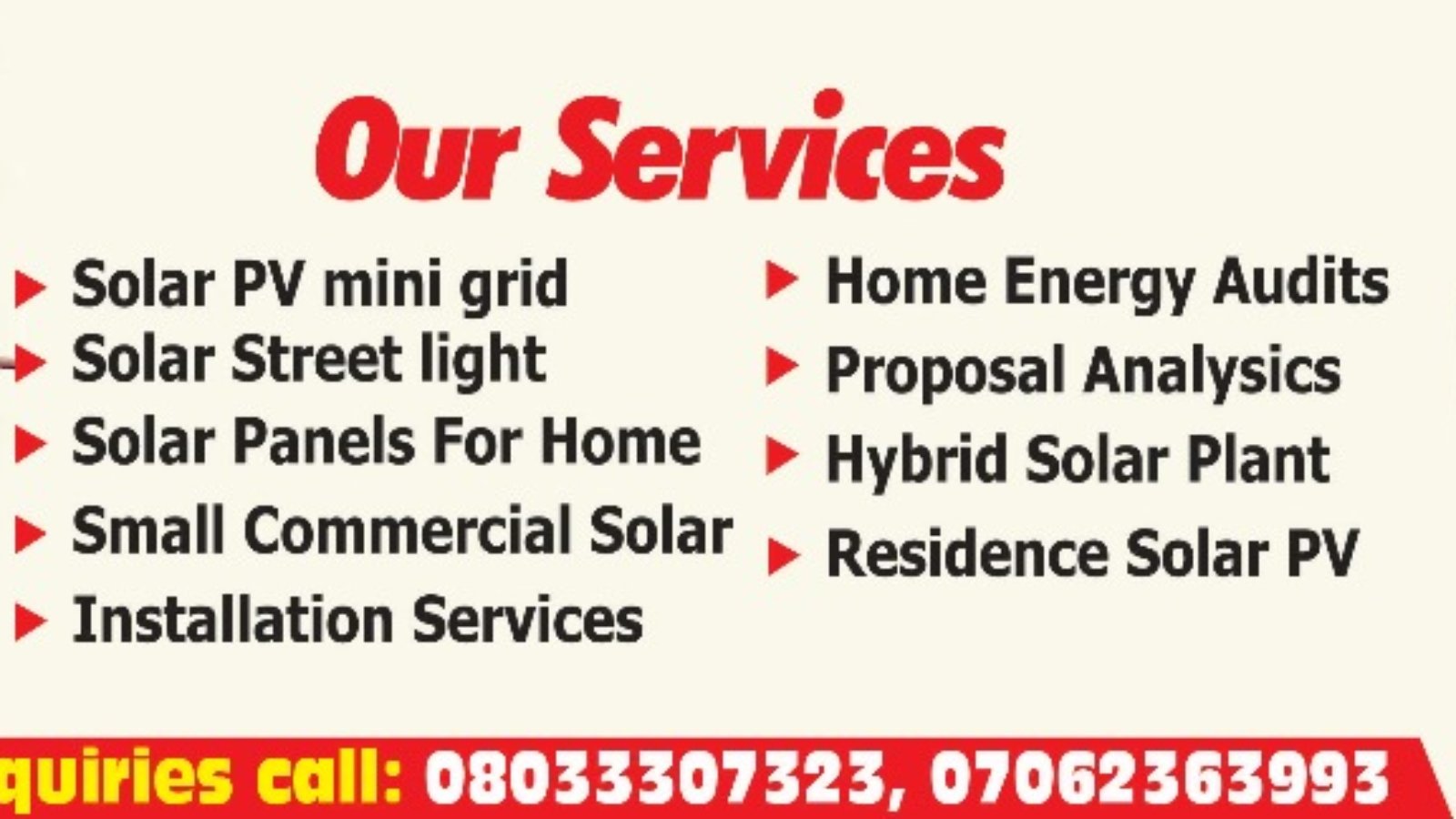Choosing the Right Solar System Size
Figuring out the perfect solar system size for your home can feel like trying to pick the right-sized coffee cup. Go too small, and you’ll be running out of energy; go too big, and you might end up with more panels than you need. The good news is, with a little planning and a sprinkle of math, you can find the solar system size that’s just right for you.
Understanding Your Energy Needs
Before diving into the world of solar panels, take a moment to understand your home’s energy consumption. Start by looking at your energy bills over the past year. This gives you a clear idea of how much electricity you typically use each month.
Think about your lifestyle too. Are you someone who loves to binge-watch shows on multiple devices? Or maybe you run several energy-hungry appliances like air conditioners, washing machines, or pool pumps? Knowing these habits helps ensure your solar system can handle your daily needs without breaking a sweat.
And don’t forget to consider future changes. Planning to add an electric vehicle or a home office setup? Factor those into your energy calculations as well. It’s always better to plan for growth than to end up needing an expensive upgrade later.
Sizing Solar Panels for Your Roof Space
Your roof is your solar system’s canvas, so it’s important to know how much space you’re working with. Larger systems need more panels, and that means more roof area. A professional installer can help you measure your roof and figure out the best layout for maximum sunlight exposure.
The good news is that modern solar panels are highly efficient. Even if your roof isn’t massive, you can likely install enough panels to generate significant energy. Just keep in mind that shading from trees or nearby buildings can affect panel performance, so placement is key.
If your roof space is limited, don’t worry. There are creative solutions like ground-mounted systems or solar carports that can fit almost anywhere. It’s all about making the most of what you have.
Balancing System Size with Your Budget
Solar systems are an investment, so it’s essential to balance your energy needs with what your wallet can handle. Larger systems generate more power but also come with a higher price tag. If your budget is tight, you can start with a smaller system and expand later as needed.
Keep in mind that many governments and organizations offer tax credits or rebates for installing solar. These incentives can make a bigger system more affordable than you might think. It’s worth doing a little research to see what’s available in your area.
And don’t forget about energy storage! Adding a battery to your solar setup allows you to store excess energy for use at night or during outages. While batteries increase upfront costs, they can also maximize your savings in the long run.
Getting Professional Help
Choosing the right solar system size isn’t something you have to do alone. Professional solar installers have the expertise and tools to calculate your energy needs, assess your roof space, and design a system that fits perfectly. They’ll also take into account local factors like weather patterns and utility rates.
Think of your installer as your solar matchmaker—they’ll find the setup that meets your needs and budget without any guesswork. Plus, they’ll handle technical details like permits and grid connections, so you can focus on enjoying your soon-to-be lower energy bills.
Planning for the Future
When sizing your solar system, remember that it’s a long-term investment. Most systems last 25 to 30 years, so it’s worth thinking about how your energy needs might change during that time. Planning for a growing family, home upgrades, or even new tech gadgets ensures your solar setup will keep up with your lifestyle.
If you’re unsure about what the future holds, consider modular systems that allow for easy expansion. Starting small doesn’t mean staying small—solar systems can grow with you, making them a flexible and future-proof choice.
Wrapping It Up: Size Matters
Choosing the right solar system size might feel like a puzzle, but with a little thought and guidance, it’s entirely doable. Start by understanding your energy needs, factor in your roof space and budget, and lean on professionals for expert advice.
When you get it right, your solar system will work seamlessly, generating just the right amount of energy to keep your home running smoothly. And who doesn’t love the idea of lowering energy bills while helping the planet? So go ahead, take the plunge, and let the sunshine power your home!


